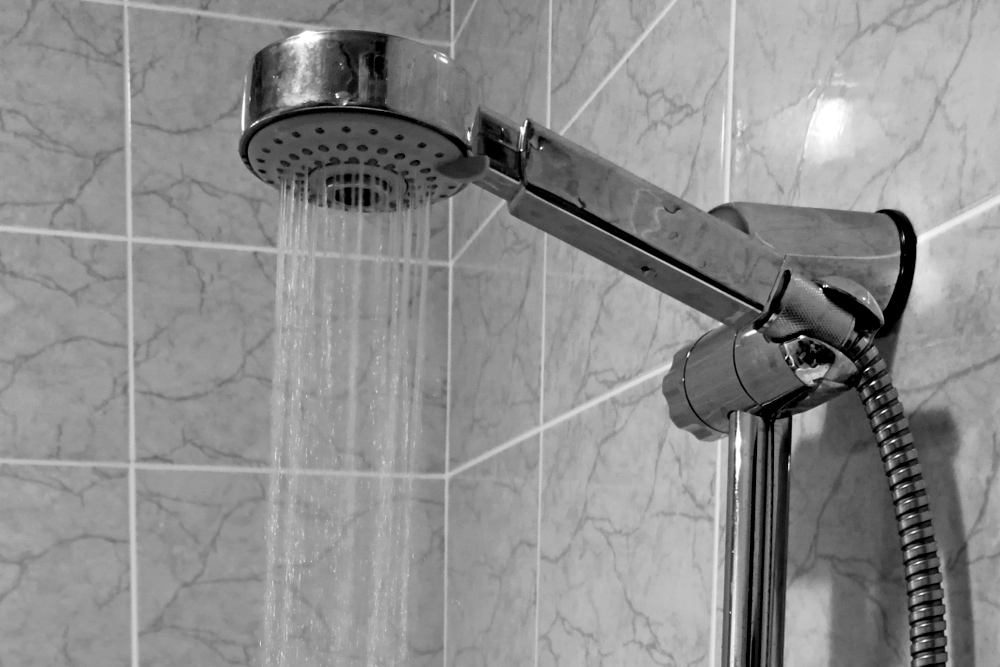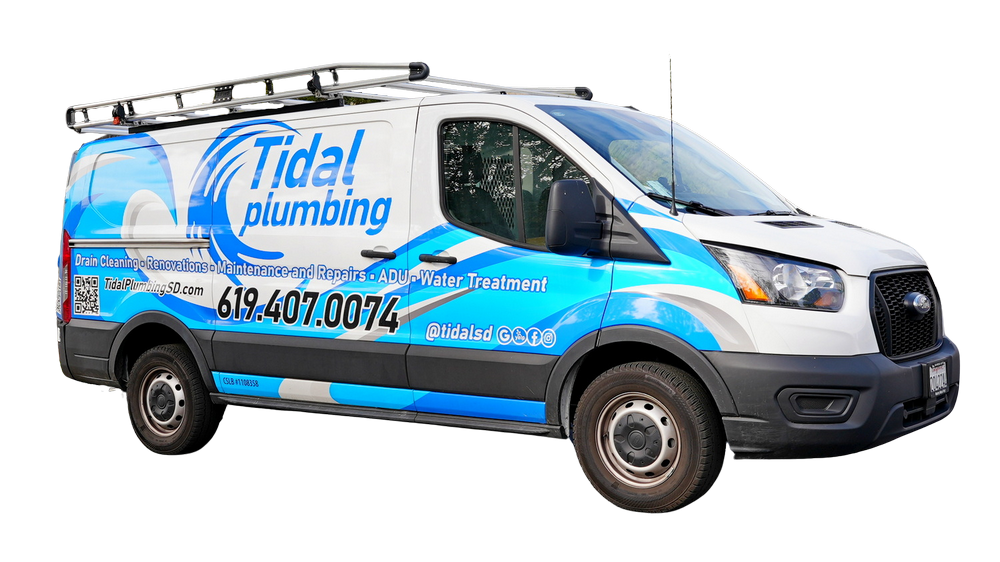
High water bills can quickly add up, but the good news is that you don’t have to accept them as a given. By making a few simple plumbing upgrades in your home, you can significantly reduce your water consumption and lower your utility costs. In this blog, we’ll explore effective and affordable plumbing upgrades that will help you save money on your water bill.
1. Install Low-Flow Fixtures
One of the easiest ways to reduce your water usage is by replacing your old faucets, showerheads, and toilets with low-flow models. Modern low-flow fixtures are designed to use less water without sacrificing performance, ensuring you still get a satisfying shower or a thorough wash without the excess water waste.
These simple upgrades are a cost-effective way to cut your water bill by a significant margin.
2. Fix Leaky Faucets and Pipes
Did you know that a single dripping faucet can waste up to 3,000 gallons of water per year? Leaks in your plumbing system may seem like a small inconvenience, but they can add up to big costs. Even a minor leak in your pipes or faucets could cause your water meter to run higher than necessary.
Inspect your plumbing regularly for signs of leaks and repair them as soon as possible. Common areas to check for leaks include:
By fixing leaks promptly, you can stop water waste and start saving money immediately.
3. Upgrade to a Water Heater Timer
Heating water accounts for a significant portion of your energy bill. A water heater timer can help you save both water and money by ensuring that your water heater is only running when it’s needed. You won’t have to worry about wasting energy heating water overnight or when you’re away from home.
You can install a timer on your water heater to ensure it only operates during peak usage times. This simple upgrade can save you up to 10% on your energy bill, and indirectly reduce the amount of hot water you use, which helps lower your water bill.
4. Use Water-Efficient Appliances
Upgrading to water-efficient appliances such as dishwashers and washing machines can make a big impact on your water bill. Older models tend to use more water than necessary, while newer, ENERGY STAR-rated appliances are designed to conserve both water and energy.
Investing in these appliances can lower your water consumption over time, cutting your water bill without compromising on performance.
5. Insulate Your Pipes
Insulating your pipes doesn’t directly reduce water usage, but it can help you save money by improving the efficiency of your hot water system. When hot water travels through uninsulated pipes, it cools down quickly, causing your water heater to work harder to maintain the desired temperature.
By insulating your pipes, you can reduce heat loss and make your hot water system more efficient, which leads to less energy use and a lower water bill.


Simple plumbing upgrades can make a big difference in reducing your water bill. Whether you’re installing low-flow fixtures, fixing leaks, or upgrading to energy-efficient appliances, these small changes add up over time. If you’re ready to save money on your water bill, start with these plumbing upgrades today. For expert plumbing services and advice, reach out to Tidal Plumbing at (619) 407-0074—we’re here to help you save money while improving your home’s efficiency.


